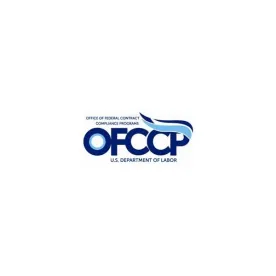Quick Hit: Data released by OFCCP shows the agency obtained $16.4 million in monetary relief for roughly 12,000 class members in FY 2018. While that is a drop from the record year recovery of $23.9 million in FY 2017, it is much higher than $10.5 million obtained in FY 2016 and $6 million obtained in FY 2015. In addition, based on statements made by OFCCP Acting Director Craig Leen, FY 2019 could set new financial recovery records.
Key Takeaway: Reports of OFCCP’s demise under the Trump Administration have been greatly exaggerated. Indeed, the predictions of many that contractors would face little OFCCP scrutiny or enforcement under the Trump Administration has not come to pass. OFCCP continues to engage in compliance evaluations and it has managed to obtain significant recoveries despite initiating only one enforcement proceeding during the Trump Administration.
And while FY 2018 recoveries were less than those of FY 2017, FY 2019 is shaping up to be a record year for OFCCP in terms of monetary recoveries. Reports indicate that the agency already has obtained over $5 million in contractor settlements in the less than two months since FY 2019 began.
To the extent contractors continue to harbor any illusions that OFCCP is not taking its enforcement obligations seriously, these latest statistics should wake them up to the sobering reality that they should take their compliance obligations seriously or risk significant monetary and other consequences.
More Detail: The Labor Department’s Fiscal Year 2018 ended on September 31, 2018, with the OFCCP releasing its statistics on monetary relief obtained from settlements reached with federal contractors. The agency obtained $16.4 million in FY 2018. While that is a drop from the record year recovery of $23.9 million in FY 2017, it is much higher than $10.5 million obtained in 2016 and $6 million obtained in 2015.
The FY 2018 financial recovery consists of the OFCCP’s settlement of 58 discrimination, 18 pay discrimination and 18 systemic pay discrimination cases. These settlements covered more than 12,000 employees and job applicants. By way of comparison, these numbers were lower in the previous year, with the agency reportedly settling 47 discrimination, 19 pay discrimination and 16 systemic pay discrimination cases covering 11,653 employees.




 />i
/>i
